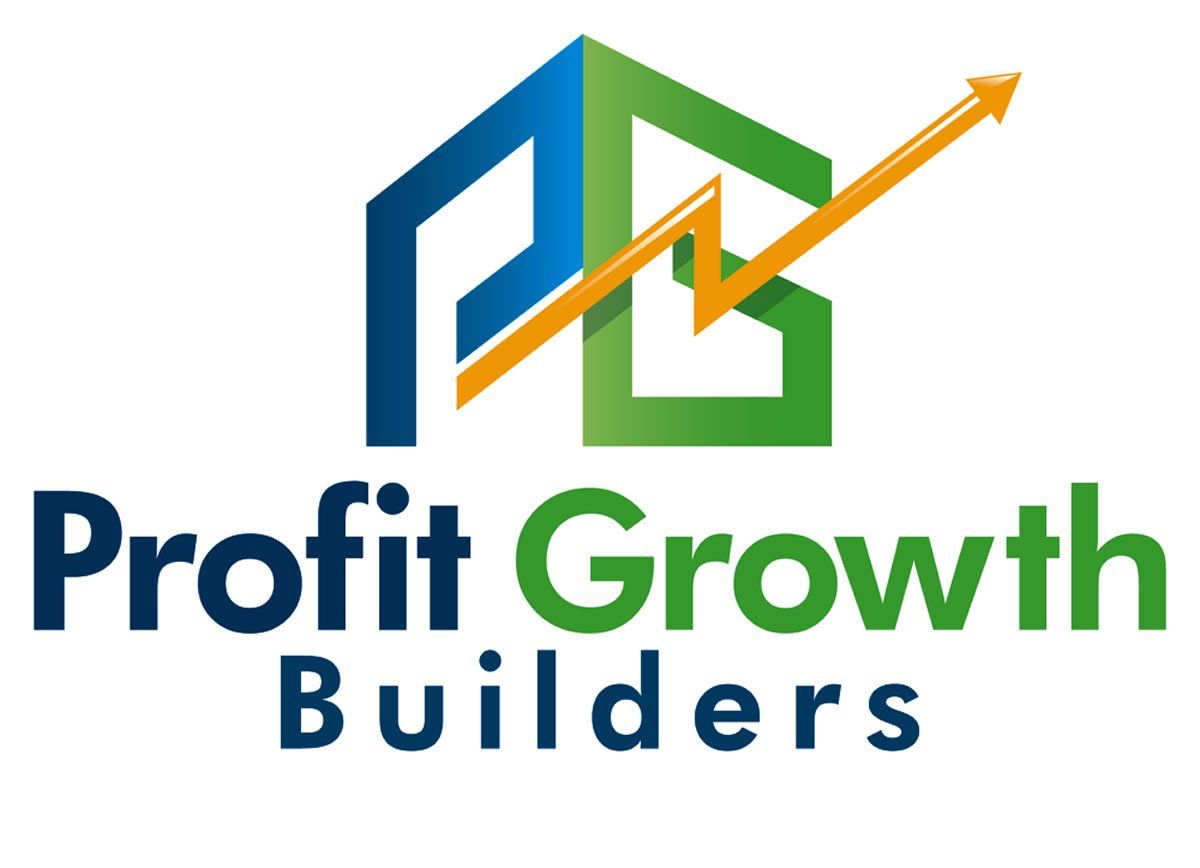Quick Start Guide to Building a Sales Process for Small Business
Defining a sales process
A sales process can be defined as a sequence of steps that can be repeated by a salesperson and will guide the prospective buyer through the various stages involved in making a sale, which begins with prospecting and end with the follow-up.
The sales process, which some people refer to as a sales cycle, can be thought of as the route map that your company will use when selling either a product or a service to customers. This route is marked out by a set of defined steps that encompass the whole process.
In this guide, we are going to look at the question "what is a sales process" and then break it down into its components and look at each one in detail, so that you will have a complete understanding of the sales process.
Is a sales process Important?
Research from the Sales Management association show 90% of all companies that use a structured guided sales process were ranked as highest performing.
Additionally, Harvard Business Review carried out a study that showed a 28% rise in revenue resulted from implementing a sales process, compared to those that did not do so.
Sales staff who utilize a formal sales process will typically outperform those that do not use one. There are numerous benefits, for your business, that are accrued when you construct a sales process. Here are just a few:
Sales team structure optimization
Once you have defined a sales process, the structure of your sales force can be optimized to generate the best results from the system chosen, as you identify what will become the primary challenges within the process.
Bringing new staff on board
Teaching sales staff the company culture, together with the required knowledge and skills, so that they quickly become productive team members becomes easier when you have a defined process.
Identify goals (both short-term and long-term)
When choosing goals, it is recommended to choose SMART goals.
1. They must be specific. [S]
2. They should be measurable [M]
3. They must be attainable [A]
4. The goals must be relevant [R]
5. Finally, they must be time-based [T]
Identifying and incorporating SMART goals into your sales process make your goals easily understood and effective.
Positive returns
Having a formal sales process will allow the company to identify the occasions where time or resources are not being utilized efficiently. By identifying and removing activities that provide a low return, and concentrating on activities with a more positive impact, better results can be achieved.
Training & Education
A sales process or sales cycle with recognized steps allows the company to identify areas that may be weaker than others so that supplementary training and education can be provided.
Seven sales process stages
1 - Prospect for potential customers
The first stage of any sales process must be to prospect new customers. Prospecting is a process of searching for potential customers that you can convert into paying customers by moving them through the sales process.
This is carried out by gathering leads (those who have shown an interest in your product by visiting your website or take some other action like downloading an eBook). Once the leads are gathered, they are sifted through to produce sales prospects by qualifying the leads.
Create an ideal customer profile (ICP)
Compare an ideal customer profile with the leads in your pool. If they match, then they warrant a lot of effort to convert into sales prospects.
Are your leads decision-makers?
The first question you should ask yourself is whether the lead could purchase from you even if they wanted to.
Perform initial qualification.
More than 75% of leads generated never convert into a sale according to research. Success comes from actively pursuing the 25% that are likely to convert.
Check whether to prospect fits this description:
1. They have a need for the product.
2. They have the budget to buy.
3. They have the authority to buy.
2 - Contacting prospects
Once you have identified your quality prospect, the next stage is to reach out to them. First, establish the optimum contact method. This could be email, telephone, social media, or face to face.
Selling has changed and these days 97% of consumers go online to research purchases. 47% of buyers will view between 3 and 5 articles before they will talk to a sales representative.
International Data Corporation states that 75% of B2B buyers and 84% of C-Level or vice-presidential buyers use social media to decide on purchase decisions.
Once the method is decided and you have a script, introduction, and FAQ ready, it is time to approach them. The initial approach should be aimed at developing trust rather than a hard sell.
3 - Qualify prospects
By the time you reach this stage you will have already done your research to qualify the prospect, but now you need to determine if they match your ideal customer profile. This is typically done by phone or face-to-face discussion.
4 - Nurture prospects
Once you have qualified the prospect, it is time to talk about their needs and how your product or service can meet that need or solve their problem. There are five stages of awareness that you will guide the prospect along:
a. They are unaware they have a problem.
b. They understand they have a problem but are unaware of the solution.
c. They are aware that there is a solution but not about your product.
d. The prospect knows about your product but does not know if it can help.
e. They know a lot about your product but need to understand the benefits.
It is at this stage that the salesman educates the customer on the benefits of the product or service. Communications to the prospect must be personalized at this stage. It is important to build trust and reputation with the prospect in preparation for making the sale.
5 - Making your offer
By now you have a great deal of information with the prospect and can make the best possible offer in a personalized form. The offer should be designed to resolve the problem the prospect has now identified and be within the budget available.
Both the content and presentation of this offer are very important. Whilst a degree of creativity is welcome, the focus should be on replicating what has worked in the past.
6 - Overcome the inevitable objections.
You have made your best available offer and the ball is now in the prospect's court. They need to respond. Typically, this response will be an objection. Common objections might include the following:
1. The product is too expensive for what is being offered.
2. The risk of switching to something new is too great.
3. You have not provided enough information.
4. The term of any contract is too long.
It is hoped that the issues would have come up at the nurturing phase, but things do not always go to plan so it may be necessary to overcome those objections.
· - Patience don't rush the prospect. Listen to their concerns and do not make snap responses.
· - Look at the objections as a whole rather than as individual ones, as some objections may well be connected.
· - Once you have explained points to the prospect, ask them if they have understood completely what you have explained.
· - When a prospect gives a non-specified objection, like "we are not interested", read what is between the lines of their dialogue. Why are they not interested?
· Ask more questions to try and establish the true reason they are objecting.
7 - Close the deal
You have overcome all the objections! Well done. You can now complete the sale. You start by confirming that the deal is in place, and you go on to try to get the signed deal in your hands, having first reminded them how their problem is now solved. Alternatives here are:
1. Do you want to sign right he?
2. Are you satisfied with what's included?
3. Offer a free trial deal.
4. Remind the prospect that the deal is time-sensitive.
5. Ask what more you can do to get a decision.
When the prospect has committed to the deal, provide a written summary so their supervisor can check what has been agreed. If the prospect says, not yet, then go back to the nurturing stage and keep in contact with them.
Remember, at any given time only 3% of your market is actively buying. 56% of your market are not ready to buy, and 40% are poised to begin a purchase. By following up repeatedly you will be sure to contact them when they are ready to buy. [source Irc-Solutions]
How to implement a sales process
We have talked about what a sales process is and the stages within the process, now we will consider how to put a sales process into practice within your organization.
Understand the customer
Talk to buyers and sales staff to establish what questions will assist the salesperson to understand the buyer. Create a list of questions.
Set key steps for the sales process
Once your overall strategy has been created, look at the sales process and set key steps or milestones that will chart the process. Establish the importance of each key step and allocate sufficient resources to make it happen. Ensure that sales staff do not skip steps along the way.
Apply skills and resources
Develop skills and resources, together with activities that will assist sales staff move to the subsequent milestone. These resources would typically include white papers, brochures, webpages, emails, and case studies for the salesperson to share.
Iterate and improve
Sales processes are not carved in stone. When following a sales process, it is fine to make notes about what works and what does not, so the team can review the process and develop what is working and trash anything that is not helping. This keeps the whole process fresh and relevant.
Align your technology and systems with the sales process
Providing software applications to a salesforce does not necessarily mean that they become more efficient, however, supplying technology that enables staff to combine the sales process and automation will most certainly have an impact.
Technology should enable the sales process to be streamlined and will assist in guiding the salesperson through each step. Technology may have the following features:
1. Provide sales process checklists
2. Include video content that emphasizes the importance of each step.
3. Display content to the buyer that is appropriate to each stage along the sales process.
4. Reminders and blocks that do not allow the salesperson to skip steps.
5. Training content appropriate for each step.
Enable your sales team to reach its true potential.
Unless your company has an effective sales process, your company will never reach its full potential.
While stage 2 of the sales process is increasingly going online, never forget that 92% of customer interactions still take place using the telephone. [source Salesforce].
Having a clear sales process will speed your response time with prospects. It is a fact that between 30% and 50% of sales are won by the supplier who responds first. [Source Insidesales]
Remember that in most cases where a company has between 100 to 500 employees, it will not be just one person involved in the buying decision. It averages around 7 people and a well-designed sales process will enable the tracking of multiple individuals at each stage. [Source Gartner Inc]
In "section 2 - making contact with prospects", we discussed the various methods this can utilize. We have already mentioned how important the telephone is, but you should also remember that 78% of the top-selling salespeople make use of social media, but even more effective is an email which is 40% better than social media for acquiring new customers.
Summary
Having a standardized sales process ensures that sales staff do not advance a sale faster than the speed at which the buyer is ready. By basing the process on how the companies target customers' progress, it stops over-enthusiastic sales staff rushing ahead and losing the prospect by trying to force sales before the customer reaches the correct point to close the sale. Operating a sales process means that you replicate what has already proved successful and that each step along the process is handled correctly.



